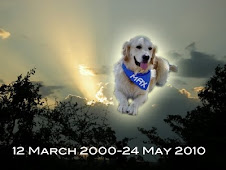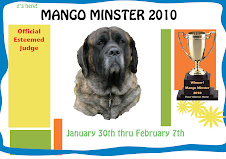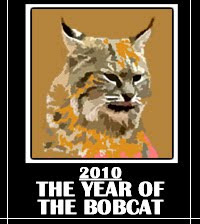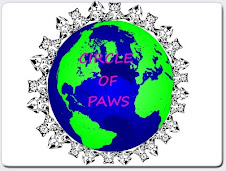Late FrEYEday - Lord PF -
From the latest post on The Falcon Wire:
8/30/2019 :: Dispersal
All four of the young peregrine falcons have dispersed. Dispersal is defined as the movements of fledged peregrine falcons after they leave their nest site as they wander and eventually settle at a breeding territory. So where have they gone? Time will tell if they are identified in new locations by their bands!
This year, we also have exciting opportunity for the falcons to be tracked by the Motus Wildlife Tracking System, an international collaborative research network that uses a coordinated automated radio telemetry array to track the movement and behavior of small flying organisms. During this year's Falcon Watch and Rescue, three of the birds were fitted with Motus nanotags by the Pennsylvania Game Commission.
Telemetry studies of Pennsylvania's peregrine falcons have been very informative. In 2002 and 2003 the Pennsylvania Game Commission placed satellite transmitters on two fledglings from the Rachel Carson building and three from Pittsburgh, and gained a wealth of information about peregrine movements during their first two years of life. Motus represents a new generation of tracking technology and we expect the findings to provide even greater insight into peregrine falcon behavior.
When data is available for the falcons this year, the data will be managed by Bird Studies Canada and will be posted on their website at birdscanada.org/research/motus.
Fun peregrine falcon facts:
-- Female peregrine falcons typically disperse farther from area where they hatched to breeding sites than males
-- Peregrine falcons occasionally return to breed near the area in which they fledged
-- Young dispersing from Pennsylvania nest sites meander through eastern North America, and may travel hundreds of miles before taking a winter territory
-- Historically, peregrine falcons nested on cliffs. Today, Pennsylvania's peregrines are more commonly found nesting on bridges and tall buildings within cities, but they also have reoccupied thirteen different historical cliff nest sites in recent years
From the latest post on The Falcon Wire:
8/30/2019 :: Dispersal
All four of the young peregrine falcons have dispersed. Dispersal is defined as the movements of fledged peregrine falcons after they leave their nest site as they wander and eventually settle at a breeding territory. So where have they gone? Time will tell if they are identified in new locations by their bands!
This year, we also have exciting opportunity for the falcons to be tracked by the Motus Wildlife Tracking System, an international collaborative research network that uses a coordinated automated radio telemetry array to track the movement and behavior of small flying organisms. During this year's Falcon Watch and Rescue, three of the birds were fitted with Motus nanotags by the Pennsylvania Game Commission.
Telemetry studies of Pennsylvania's peregrine falcons have been very informative. In 2002 and 2003 the Pennsylvania Game Commission placed satellite transmitters on two fledglings from the Rachel Carson building and three from Pittsburgh, and gained a wealth of information about peregrine movements during their first two years of life. Motus represents a new generation of tracking technology and we expect the findings to provide even greater insight into peregrine falcon behavior.
When data is available for the falcons this year, the data will be managed by Bird Studies Canada and will be posted on their website at birdscanada.org/research/motus.
Fun peregrine falcon facts:
-- Female peregrine falcons typically disperse farther from area where they hatched to breeding sites than males
-- Peregrine falcons occasionally return to breed near the area in which they fledged
-- Young dispersing from Pennsylvania nest sites meander through eastern North America, and may travel hundreds of miles before taking a winter territory
-- Historically, peregrine falcons nested on cliffs. Today, Pennsylvania's peregrines are more commonly found nesting on bridges and tall buildings within cities, but they also have reoccupied thirteen different historical cliff nest sites in recent years
Celebrating NAK and International Dog Day -
Little's Lambie
Long day at The GKP - didn't get home until 745pm or so - but.....
Happy Saturday EvFURRYone!
H&K,
All Of Us At NAK's Khottage




























































.jpg)












































.JPG)





























































































































.JPG)




























































































.jpg)







































